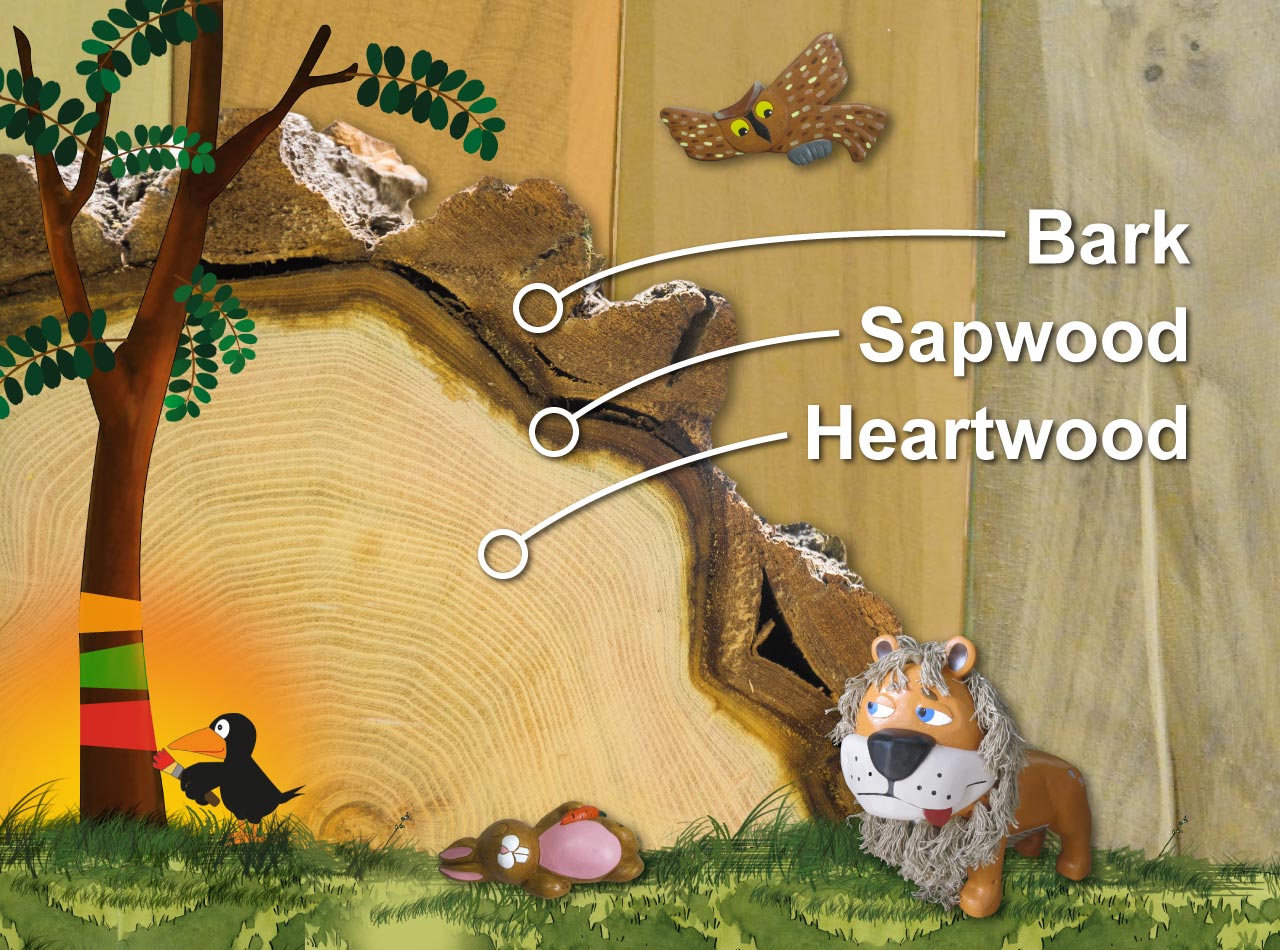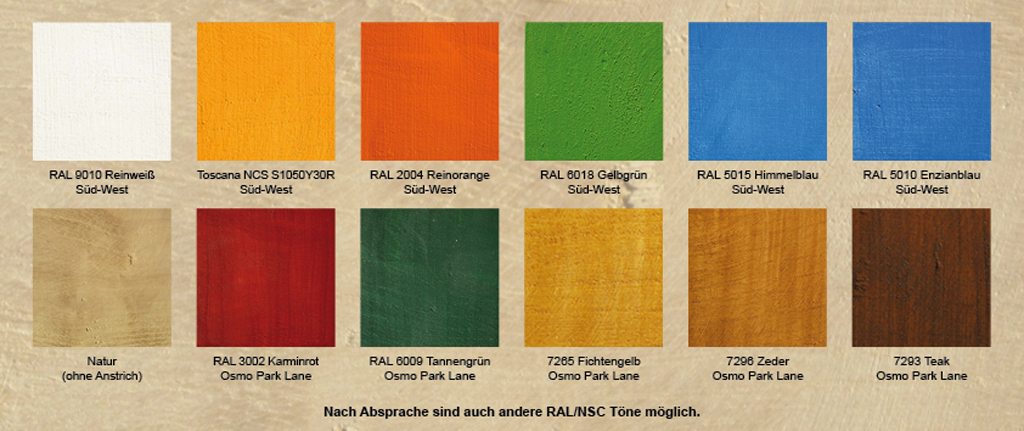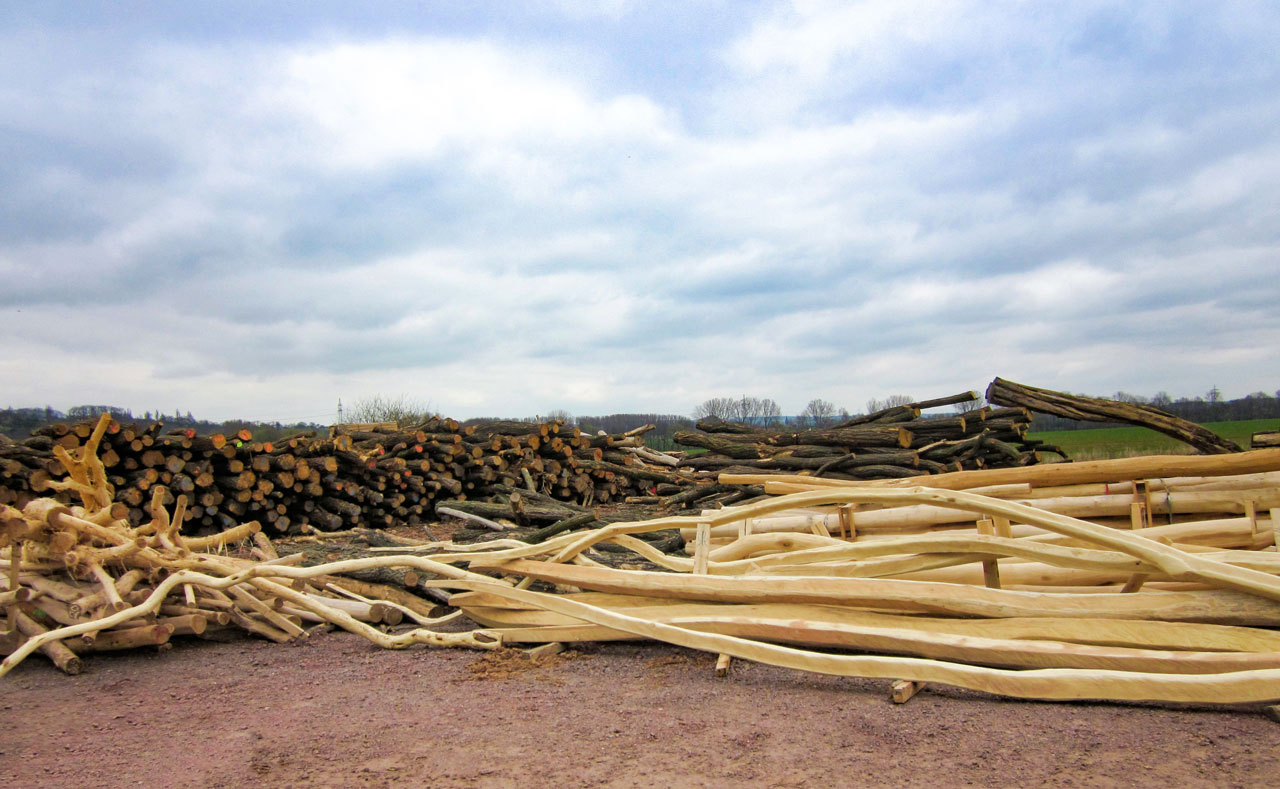All our products are made of robinia
Basic construction
Posts:
- Robinia, naturally grown, planed, sapwood free, untreated
- Dimensions may vary, since tree trunks are not completely straight

Connections:
- All screw connections in stainless steel
Covers:
- Robinia panels
Nets/ropes:
- Hercules cordage
Roofs/walls:
- Robinia panels
Beams:
- Square timber robinia
Colours (if offered):
- Waterbased wood paint
All equipment built in accordance with EN 1176.
The design of the play equipment is also based on the natural shapes of the branches, forks and twigs. Platforms, roofs and balustrades are adapted to ensure that these play constructions are always unique. However, this also means that some projects may have longer delivery and manufacturing times.
The naturalness of wood is expressed in its ability to expand or shrink, depending on the weather. The forces that then occur may result in cracks. Provided they do not affect the stability of the item (e.g. if there is a screw connection in the area of a crack), then they are not problematic. Wood cracks are not a flaw. It is unlikely that decay should occur in a crack, since robinia is a class 1 resistance wood.
EN 1776 also considers that cracks are not critical, since the gap tapers towards the inside of the material and fingers cannot be trapped.





